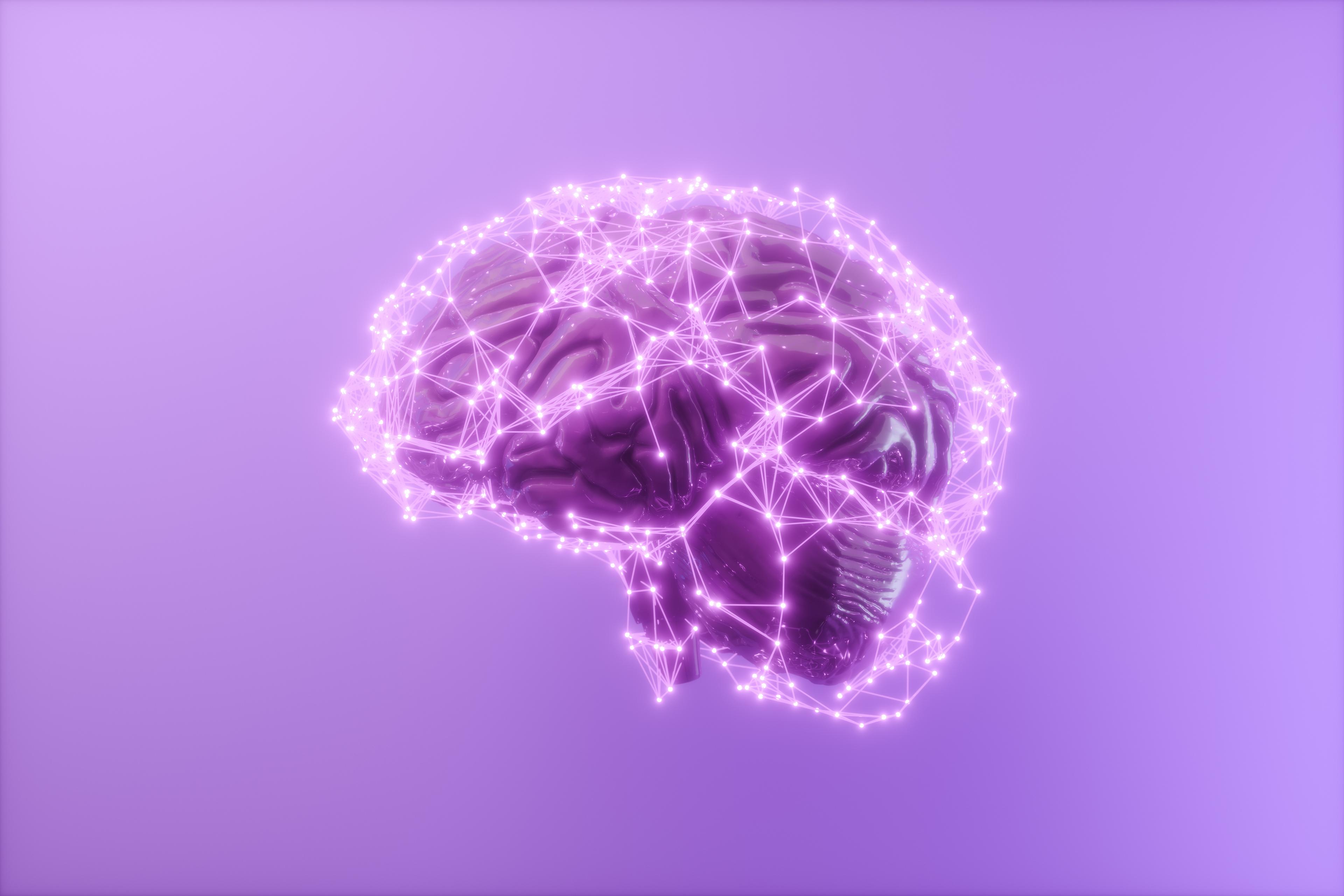
Although many perceive eating disorders to overwhelmingly affect women, about one in three people with an eating disorder identify as male. What's more, eating disorders are particularly prevalent in the trans community. In this post I’ll explore frequent co-occurring illnesses that are common in men with eating disorders are more often the rule than the exception. The most common co-occurring mental illnesses are anxiety disorders, mood disorders, and substance use disorders. The presence of these other disorders can make eating disorders more chronic and difficult to treat.
Co-occurring disorders
In a large population-based study in Sweden of over 7,000 participants in 35 treatment centers throughout the country, co-occurring diagnoses were examined in individuals over the age of 18 with eating disorders. Co-occurring illnesses were identified using semi-structured interviews. Of the men in the study:
- 71% had at least one co-occurring psychiatric illness.
- Anxiety disorders were the most common comorbidity, occurring in 53% of the men, with generalized anxiety disorder being the most common anxiety disorder (30.5%).
- Mood disorders were found in 43.1% of participants, with major depressive disorder (clinical depression) being most common (32.8%).
- Finally, substance use disorders occurred in 10.1% of participants, and alcohol use disorder was the most common (7.1%).
When looking at specific eating disorders in men, bulimia nervosa was most commonly associated with comorbidity (84.5%) and anorexia nervosa-restricting subtype was least commonly associated with comorbidity (56.8%). Although generalized anxiety disorder was the most common comorbidity in men, major depressive disorder was most common in women (3).
Overlapping symptoms
As the study indicates, comorbid psychiatric diagnoses in men with eating disorders are extremely common. However, eating disorders themselves can often mimic other psychiatric illnesses, particularly in men who are significantly malnourished. There can be unusual behaviors while eating that can mimic OCD, ruminations about food and body image that can appear similarly to generalized anxiety disorder, and isolation and dysphoria that can look similar to major depressive disorder. These overlapping symptoms make diagnosis complicated, to say the least! Presence of these symptoms prior to onset of an eating disorder and persistence of symptoms after weight restoration are helpful clues that suggest the presence of a comorbid psychiatric illness.
Measuring eating disorder symptoms
An additional complexity is that the standard measurements to assess for eating disorders, particularly the Eating Disorder Examination, were created for predominantly female populations. There is a predominance of questions that assess for symptoms more commonly seen in women than men with eating disorders (see my previous blog post that highlights these gender differences). In fact, Alison Darcy from Stanford University examined EDE scores in both men and women who had a diagnosis of anorexia nervosa. She found that men scored significantly lower than women in overall score and in both the shape concern and weight concern subcategories. To address this problem, specific diagnostic tools such as the Eating Disorder Assessment for Men, a validated measure that includes 50 questions looking at behavioral and cognitive symptoms of eating disorders in men, have been created.
The takeaway on co-occurring diagnoses in males with eating disorders
Co-occurring mental illnesses are very common in men with eating disorders, with anxiety disorders being most common. Symptoms of eating disorders overlap with other psychiatric illnesses and presence of symptoms prior to eating disorder onset or after weight restoration, making a true comorbidity more likely. Diagnostic tools commonly used in clinical practice to assess for eating disorders can lead to underdiagnosis in men, and alternative clinical tools have been developed to capture symptoms more commonly seen in men.
If you are concerned about someone in your life who you believe may be struggling with an eating disorder there are options!
- Treatment centers like Equip provide evIdence-based treatments tailored to individuals with eating disorders.
- If an adult in your life is not yet ready for treatment, continuing to engage the person, expressing your concern, and being supportive and open to listening are very important. This can help someone then seek out treatment when he is ready.
I have thus far focused on epidemiology and diagnosis in these blog posts and in future posts will shift gears to treatments!
- S. Ulfvebrand, et al. “Psychiatric Comorbidity in Women and Men with Eating Disorders Results from a Large Clinical Database.” Psychiatry Research, Elsevier, 15 Sept. 2015, www.sciencedirect.com/science/article/pii/S0165178115302924.
- C.A. Limbers, et al. “Eating Disorders in Adolescent and Young Adult Males: Prevalence, Diagnosis, and Treatment Strategies.” Adolescent Health, Medicine and Therapeutics, Volume 9, 2018, pp. 111–116








